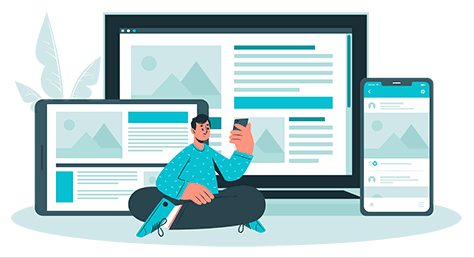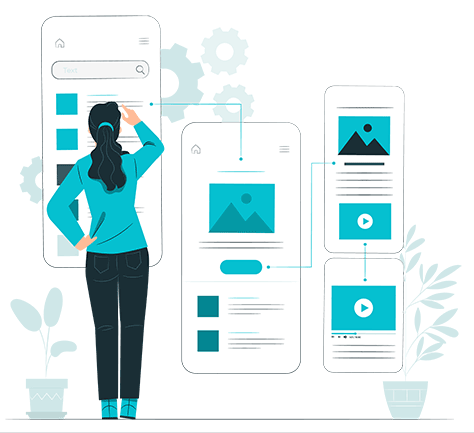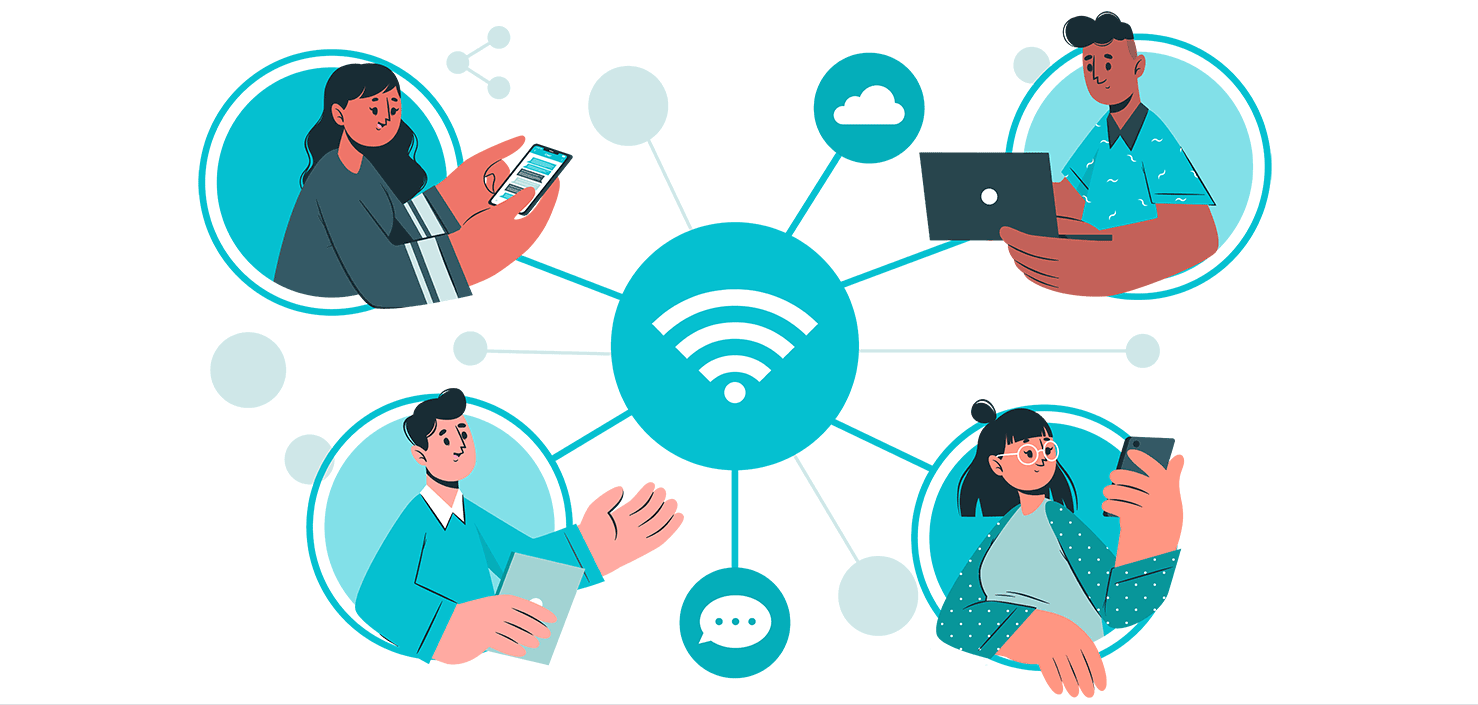What Are Connected Devices?
By linking electronic gadgets such as computers, smartphones, tablets, TVs, appliances, or any other objects that have the necessary connectivity and sensors to the Internet, we can enable them to communicate with other gadgets that are on the same network. These are the connected devices of the IoT. Figure 1 provides an example. For example, a refrigerator that lets a supermarket’s online server know that a user is running low on soda is a connected device that is communicating on the IoT.

UX Design for IoT
How is UX design for IoT different from software design? In most cases, users know what to expect from interactions with a mobile app, Web application, or Web site. Essentially, their designs may differ somewhat, but their consistent structures and the common user journeys make them feel familiar, as shown in Figure 2. In contrast, for IoT devices, the standard structures and experiences of applications might not always be present, because these devices support both human-machine interactions and interactions among a variety of IoT devices. Plus, because IoT depends heavily on the Internet, a weak connection can result in a devices’s failure to respond.



